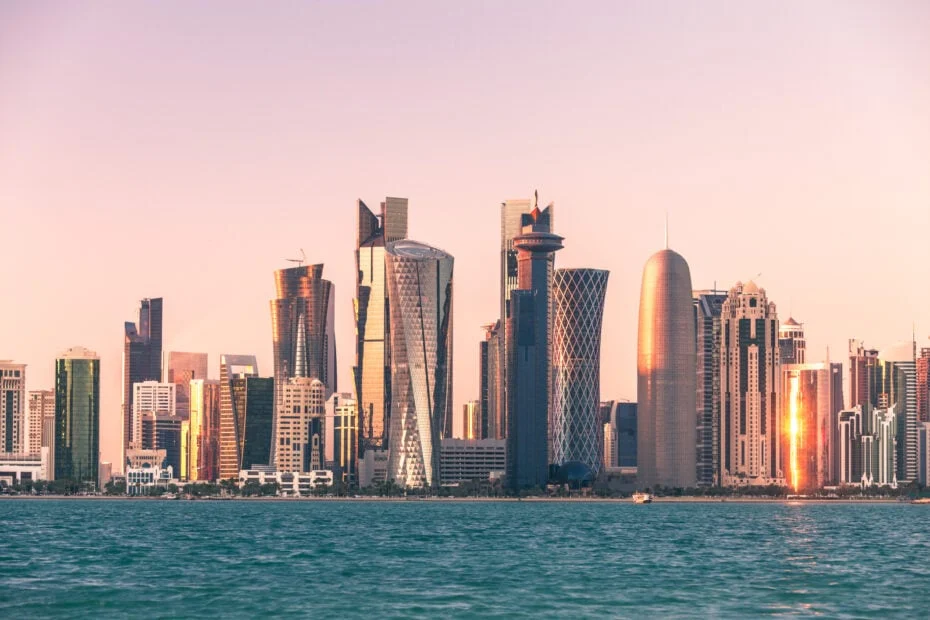Image: Getty Images
Qatar’s merchandise trade surplus fell to QR57.7bn in the third quarter of 2024, down from QR60.9bn in the same period last year, according to data released by the Planning and Statistics Authority (PSA) on Wednesday and reported by Qatar News Agency (QNA).
The decline was driven by a year-on-year (Y-o-Y) drop in export revenues, which amounted to QR87.8bn in Q3 2024 – a 2.2 per cent decrease from QR89.8bn in Q3 2023. H
owever, exports showed a 3.3 per cent increase from QR85.0bn recorded in Q2 2024.
The decrease in exports was primarily attributed to lower revenues from mineral fuels, lubricants, and related materials, which fell by QR5.0bn (6.5 per cent) compared to Q3 2023.
Exports of miscellaneous manufactured articles also declined, dropping QR0.1bn (22.0 per cent).
In contrast, significant gains were observed in other categories. Chemicals and related products n.e.s. rose by QR1.5bn (24.5 per cent).
Machinery and transport equipment increased by QR1.2bn (53.3 per cent).
Manufactured goods classified chiefly by material gained QR0.4bn (17.1 per cent). Crude materials, inedible, except fuels, were up by QR0.1bn (24.8 per cent).
Imports rise moderately
Qatar’s imports for Q3 2024 totalled QR30.1bn, up 4.1 per cent from QR28.9bn in Q3 2023, but down slightly by 1.1 per cent compared to Q2 2024.
The Y-o-Y increase was driven by higher imports of machinery and transport equipment by QR0.8bn (6.7 per cent).
Chemicals and related products n.e.s. increased by QR0.4bn (17.2 per cent).
Mineral fuels, lubricants, and related materials rose by QR0.32bn (58.2 per cent). Food and live animals grew by QR0.30bn (9.8 per cent).
However, declines were noted in miscellaneous manufactured articles, which fell by QR0.4bn (6.7 per cent), and manufactured goods classified chiefly by material, down by QR0.3bn (7.7 per cent).
Qatar’s regional trade partners
Asia remained Qatar’s primary trade partner, accounting for 75.9 per cent of exports and 39.7 per cent of imports in Q3 2024.
The GCC followed, representing 11.6 per cent of exports and 11.3 per cent of imports, while the European Union accounted for 7.7 per cent and 26.0 per cent, respectively.
While the trade surplus narrowed year-on-year, the growth in exports compared to the previous quarter highlights a resilient trade environment.
With Asia maintaining its dominant position as Qatar’s key trading partner, the diversification of exports into non-energy sectors signals strategic shifts in Qatar’s trade policies.
Read: Qatar plans to invest $1.3bn in climate technology in Britain














